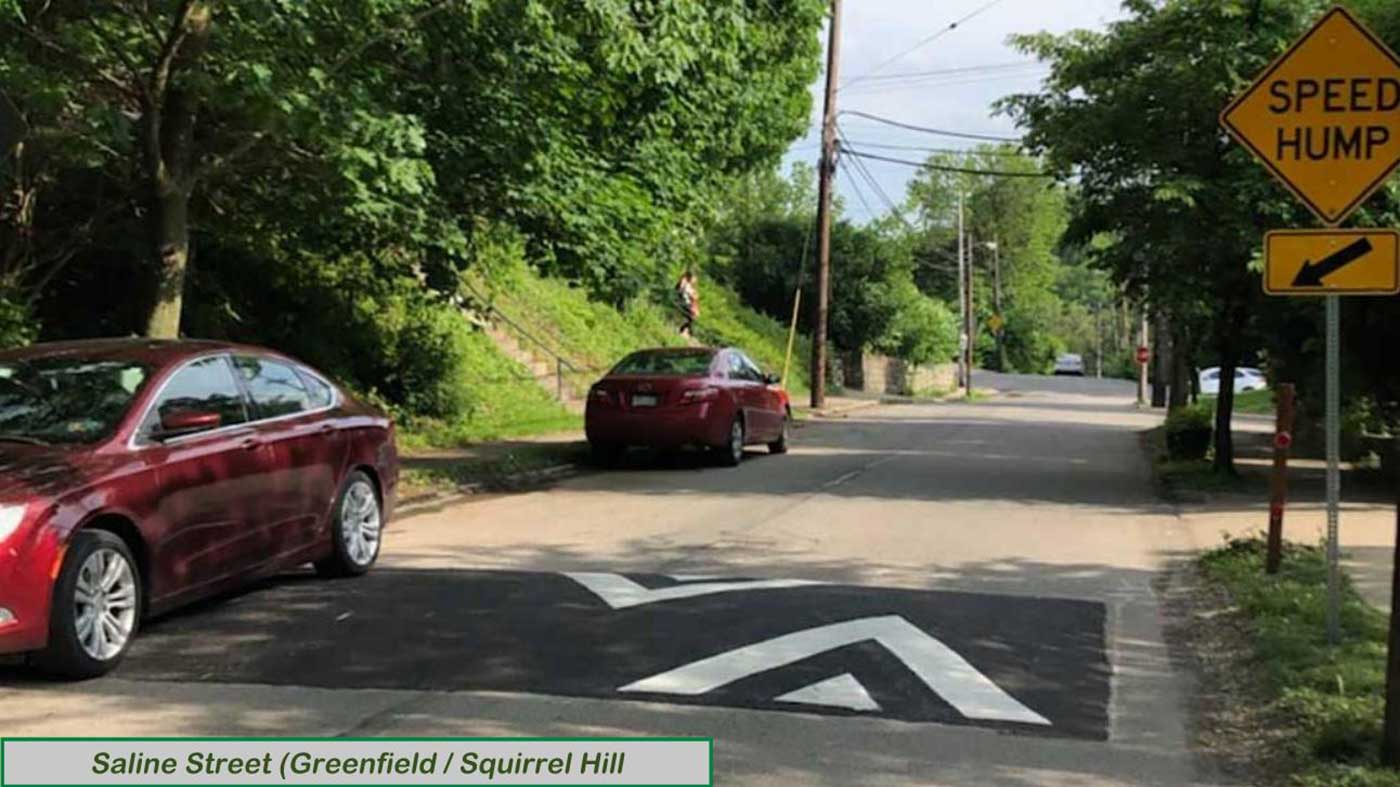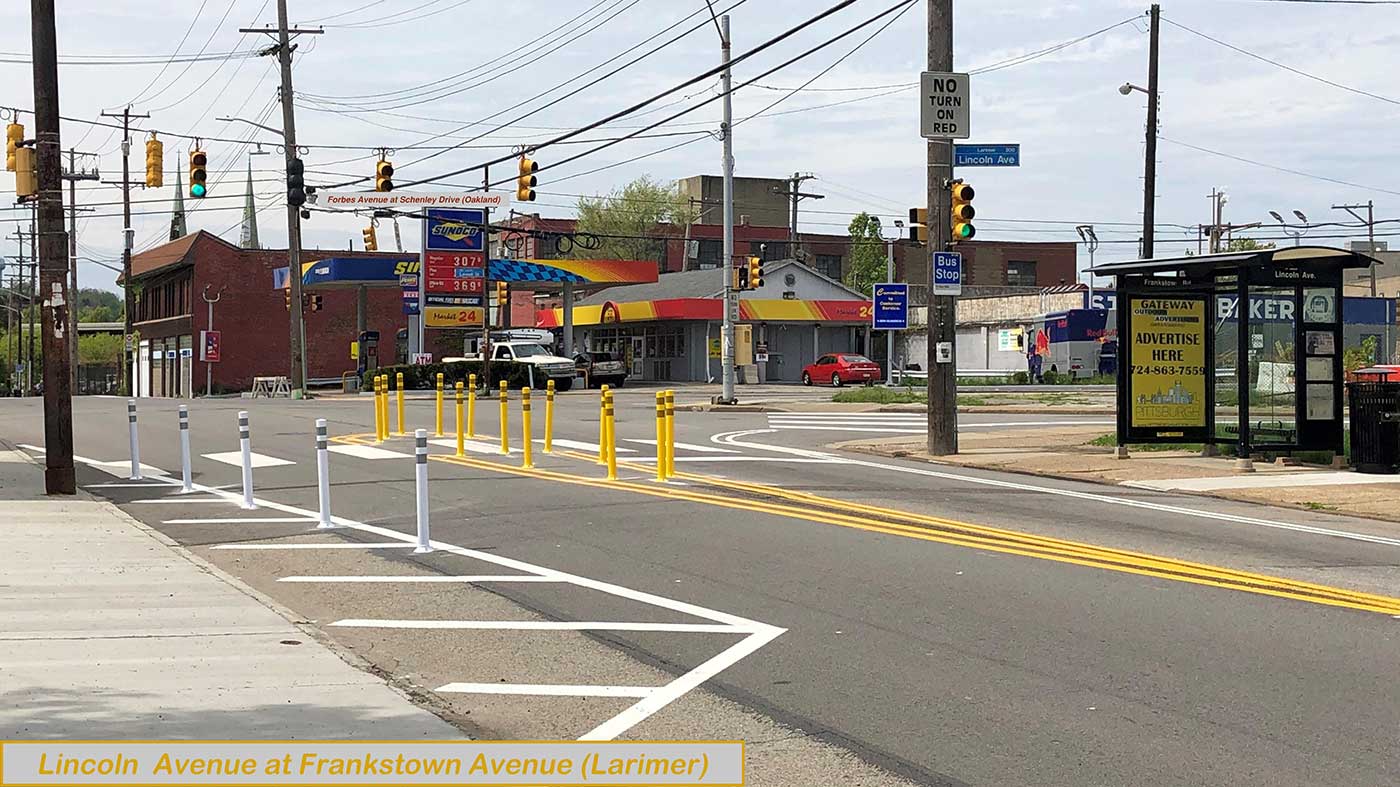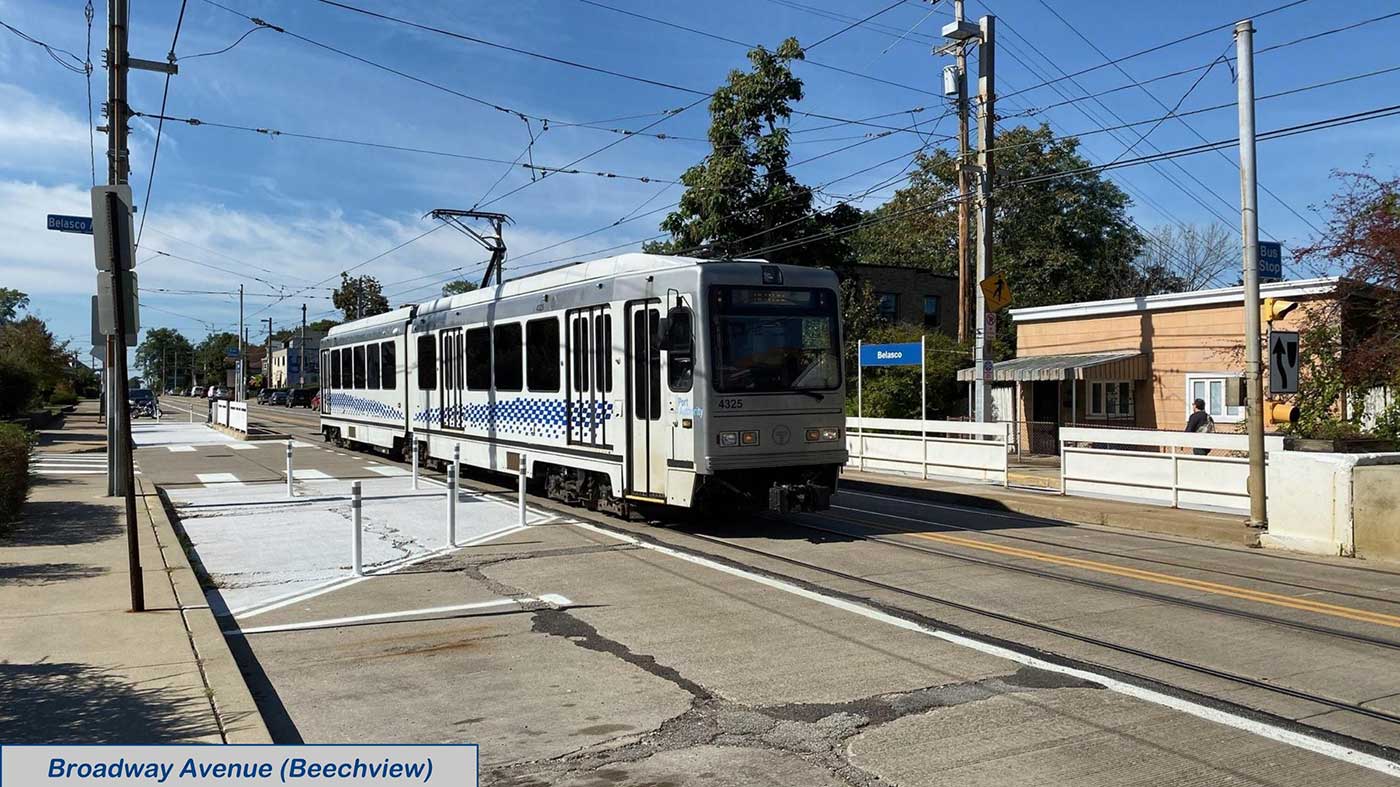Traffic Calming




DOMI’s Neighborhood Traffic Calming Program aims to increase the safety and comfort of people travelling by all modes through a neighborhood by reducing excessive motorist speeds on residential neighborhood streets. DOMI has recorded data at all their Traffic Calming Project locations.
What Traffic Calming Is
Different types of traffic calming are appropriate on different types of streets – most often it involves physical safety improvements such as speed humps, speed cushions, speed tables, raised crosswalks, pedestrian islands, traffic circles, changes to lane widths, chicanes, etc. These measures have been proven to reduce speeding and increase safety. Typically, speed humps, speed cushions, and speed tables are the most common traffic calming measures on our streets given their effectiveness in managing vehicular speeds, but other measures can be proposed if they are deemed more effective on a given street.
What Traffic Calming Isn't
The City’s Neighborhood Traffic Calming Program focuses on lower-cost measures effective at slowing vehicular speeds and/or volumes on residential streets. The program does not consider larger-scale solutions to traffic congestion nor speeding on higher-volume arterial streets. Instead, the Neighborhood Traffic Calming program is a community-driven, block-by-block solution to address speeding on local, residential streets.
In addition, traffic calming does not include the use of regulatory measures such as stop signs. Stop signs designate right-of-way for drivers at intersections and can only be installed if certain warrants are met. DOMI gives careful consideration to the installation of stop signs as they are frequently ignored if not warranted. Unlike traffic signals or stop signs at intersections, which do not reduce mid-block speeds, traffic calming measures encourage slower vehicular speed along the length of a block rather than at intersections.
If you have traffic-related or pedestrian safety issues at a particular intersection, these concerns are best communicated with the DOMI through the city’s 311 system.
Eligibility and Prioritization
To be considered a potential project under the Neighborhood Traffic Calming Program, a street first must pass DOMI’s initial Eligibility Screen. To be eligible under this program, the street must meet the following criteria:
- Be owned by the City of Pittsburgh;
- Have a maximum of two travel lanes if two-way street and one travel lane if one-way;
- Be a local street or collector;
Applications passing the initial Eligibility Screen will be evaluated by staff for their speed and volume of traffic. If the application passes the Speed Threshold (85th percentile speed must be 5 mph or more than the posted speed limit), then staff will score the street using the following engineering criteria as well as the DOMI Equity Index:
- Speed;
- Volume;
- Crash history;
- Pedestrian generators (transit stops, schools, senior centers, etc.); and
- Presence of sidewalks.
Request Neighborhood Traffic Calming
As of September 2023, requests for traffic calming can be made through a new request portal.
The map-based system integrates the eligibility requirements outlined above and provides status updates on requests.
DOMI Review Process and Timeline
If your street passes the Eligibility Screen, staff will collect speed and volume data. The turnaround on this data collection will depend on how many applications come in each month. Streets that meet the speed threshold are placed on the eligible list, and DOMI staff score the projects on this list using the prioritization criteria.
Note: Even if your street meets all of DOMI’s eligibility criteria and is on the list of potential projects, it still may not be selected for the final list of traffic calming projects. DOMI receives limited funding for the Neighborhood Traffic Calming Program each year and can only select a handful of projects to construct. However, your street will remain on the list of potential projects the following year.
If your street is selected for a traffic calming project, the resident who submitted the application and their council district will be notified before traffic calming elements are installed.
If you have any further questions about the Neighborhood Traffic Calming Program, please email us at trafficcalming@pittsburghpa.gov
Frequently Asked Questions
What data is used for traffic calming evaluations?
Motorized vehicular volumes and speeds (mph), number of reported crashes in a 3-year period, number of pedestrian generators within 1-2 blocks, presence of sidewalks, neighborhood equity score, connection to existing plans
What are the measures of success for the program?
Reduction in reported crashes, reduction in volume, reduction in vehicular speeds (85th percentile). Visit our Traffic Calming Data page for more information and data about the successes of this program.
Why wasn’t there a public meeting for this project?
Traffic Calming Applications are submitted to us by your neighbors and fellow residents. The City will always inform the public of changes to roadways, but reserves the right to make safety improvements which have been deemed necessary and which will be beneficial to the greater good, even without input from the public. Public meetings usually occur if the project scope makes changes to parking or traffic operations (one-way conversions, diverters, etc.)
Will this project affect parking?
Reductions in on-street parking are possible depending on project scope, however, for most projects that include speed humps or tables there will be no changes to on-street parking. Drivers may park on top of a speed hump or table. During construction, it may be necessary to temporarily prohibit or reduce parking. Temporary no parking signs would be installed in advance.
Can a stop sign be installed to slow people down?
No. The MUTCD (Manual on Uniform Traffic Control Devices) states that stop signs shall not be used as a means of traffic calming/speed reductions. Stop signs shall be used to designate right-of-way.
How do speed humps/tables/cushions affect emergency services and transit?
There is a minimal degradation of response time (usually measured in seconds) of EMS and transit vehicles associated with the presence of speed humps and tables. The Department coordinates projects with Public Safety and Pittsburgh Regional Transit. On primary emergency response routes identified by Public Safety, DOMI deploys speed tables for speed control measures. Speed tables are similar to speed humps but with a modified flat top that raises the entire wheelbase of a vehicle to reduce its speed which creates a more undulating traffic calming measure.
People are parking on the sidewalk, what can be done?
City code prohibits vehicles from parking or stopping on sidewalks. These infractions are ticket-able offenses and should be reported to the Pittsburgh Bureau of Police or the Pittsburgh Parking Authority.
last updated: 04/04/2025